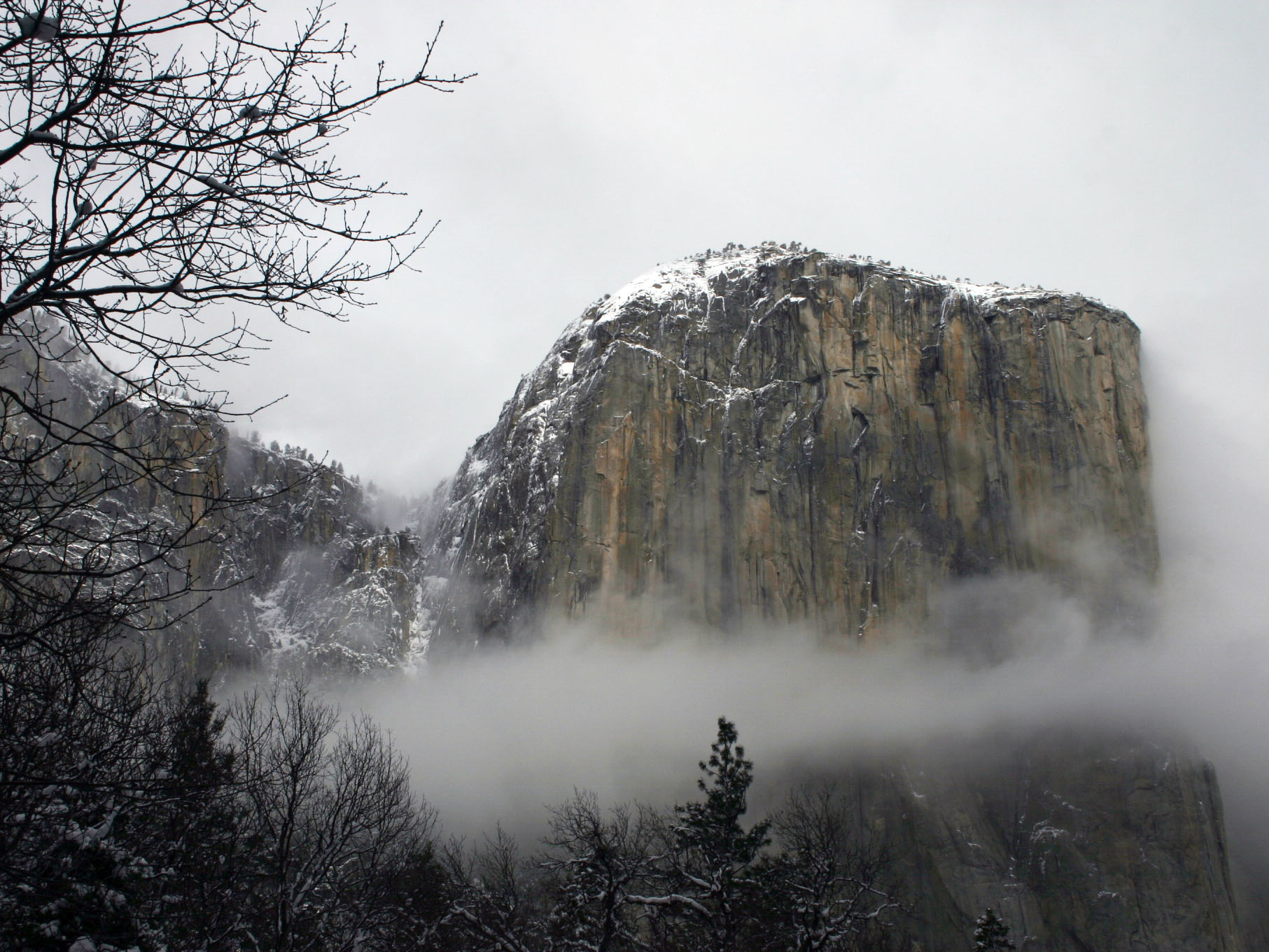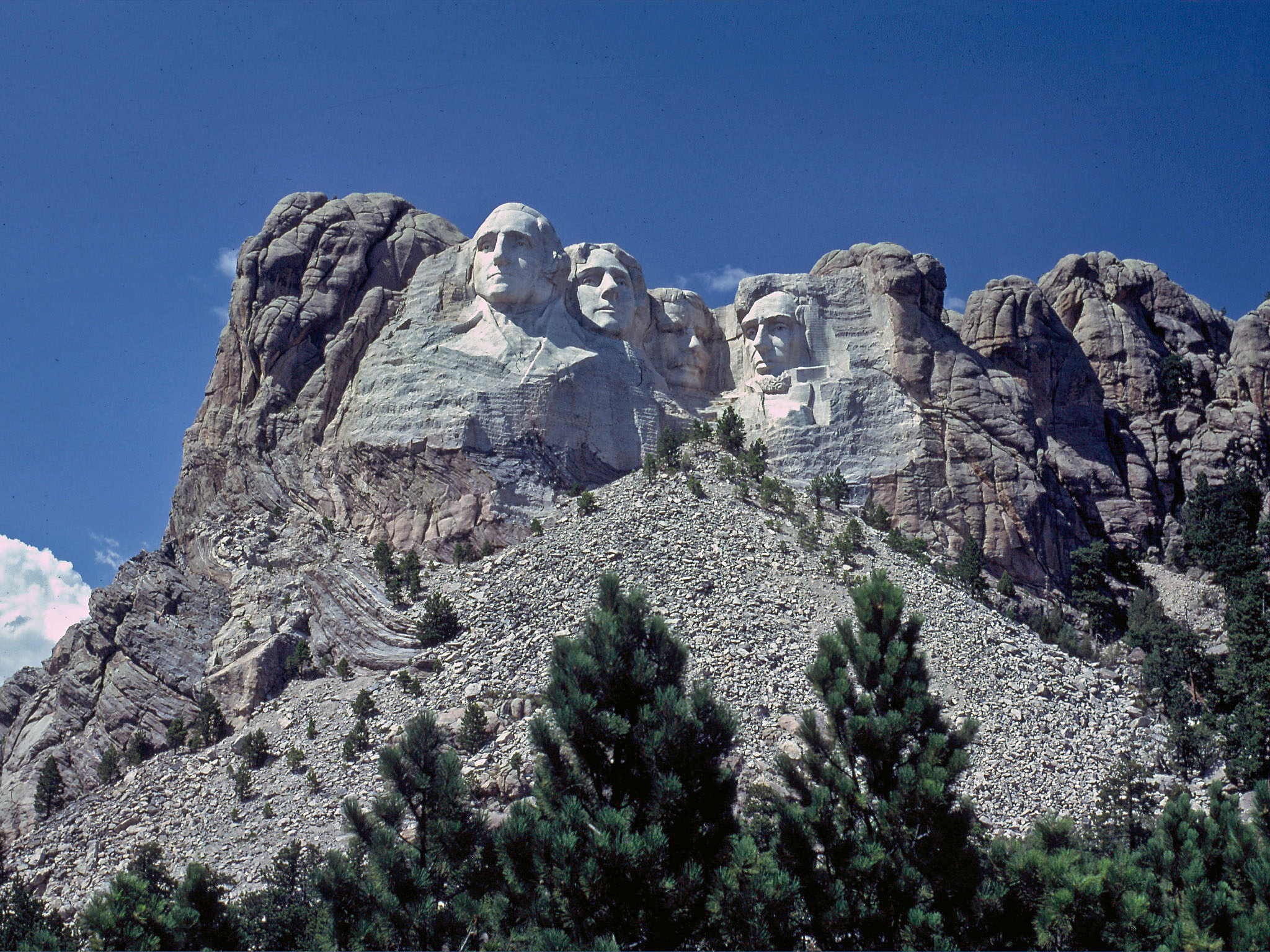2.10 Where? Plutonic igneous rocks
The focus of the previous pages was on volcanic rocks. What about plutonic igneous rocks? Where on earth are they formed and why? The first and easiest answer is that plutonic rocks can form anywhere that there is a volcano. If the some of the magma that is feeding the volcano solidifies before reaching the surface, a plutonic rock is formed. For example, at mid-ocean ridges, magma of basaltic composition that does not reach the surface crystallizes to form gabbro intrusions, some of them with igneous layering. We know this because remnants of old oceanic crust and upper mantle called ophiolites have been tectonically emplaced onto continental margins and can been viewed in the field. Good descriptions of ophiolites, including their gabbo intrusions can be found in Dilek and Furnes (2014), and in other papers in the Elements issue Ophiolites. Similarly, along ocean-continent convergent boundaries, magma of andesitic composition that does not reach the surface crystallizes to form large volumes of intermediate composition intrusions, such as the Sierra Nevada batholith in California and the Andean Batholith in Peru. Uplift and erosion has exposed these intrusions so that they can be observed in the field (see for example, Figure 2.12, above left).
One type of convergent plate boundary, a continent-continent collision, does not have volcanoes but does have intrusive igneous rocks. The Himalayan mountains are the product of the active collision of India with Asia, but there is a dearth of volcanoes in the Himalayan region. Look at the maps of Holocene or Pleistocene volcanoes selectible in Figure 2.01 and you will see that they are absent along the plate boundary between India and Asia. Eroded mountain belts that were created in previous continent-continent collisions, such as the Appalachians and the Alps, contain migmatites and granitic intrusions that are the result of the heating and metamorphism that occurs at these plate boundaries. Thickened continental crust, rich in heat-producing elements, is the principal cause of the elevated temperatures that lead to melting in continent-continent collision zones. Other features that can affect the resulting temperature and magma production are described by Sawyer, Cesare, and Brown (2011).
Why do some magmas crystallize at depth, never reaching the surface, and form plutonic igneous rocks?

Figure 2.12. El Capitan. . El Capitan, in Yosemite National Park, California, is a much climbed wall of plutonic igneous rock, El Capitan granite. Click on the Image for more information.

Figure 2.13. Mount Rushmore. The giant sculptures of U.S. Presidents Washington, Jefferson, Rooselvelt, and Lincoln in South Dakota are carved into the Harney Peak Granite, a plutonic igneous rock. Click on the Image for more information.